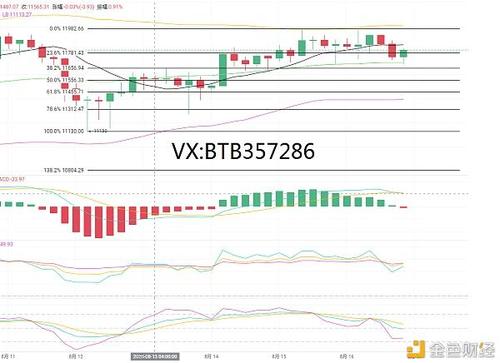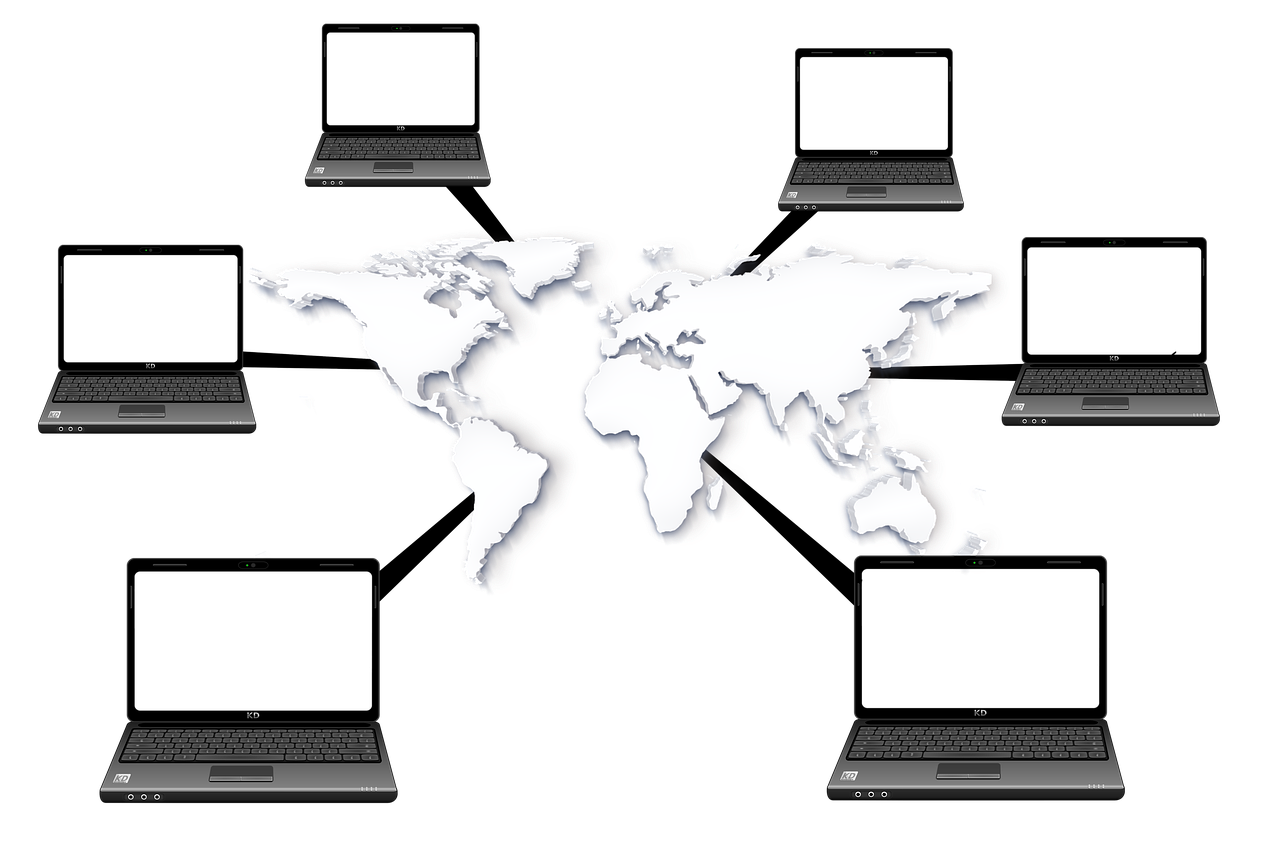比特币可以折现吗
Title: Understanding Bitcoin Fractionalization: How Many Satoshis in a Bitcoin?
Bitcoin, the pioneering cryptocurrency, operates on a system of divisibility that allows it to be broken down into smaller units. The smallest unit of Bitcoin is called a Satoshi, named after the pseudonymous creator of Bitcoin, Satoshi Nakamoto. Understanding the fractionalization of Bitcoin involves grasping the concept of Satoshis and their relation to the total supply of Bitcoin.
What is a Satoshi?
A Satoshi is the smallest unit of Bitcoin, representing one hundred millionth of a Bitcoin (0.00000001 BTC). It is named after Satoshi Nakamoto, the mysterious creator of Bitcoin. This tiny fraction of Bitcoin allows for microtransactions and provides flexibility in the usage of Bitcoin as a medium of exchange.
How Many Satoshis in a Bitcoin?
With each Bitcoin divisible into 100 million Satoshis, the total number of Satoshis in circulation is determined by the total supply of Bitcoin. The maximum supply of Bitcoin is capped at 21 million BTC, making the total number of Satoshis:
\[21,000,000 BTC \times 100,000,000 Satoshis/BTC = 2,100,000,000,000,000 Satoshis\]
So, there are 2.1 quadrillion Satoshis in total. This vast number of units ensures that Bitcoin remains highly divisible, accommodating the needs of its growing user base.
Importance of Fractionalization
The fractionalization of Bitcoin plays a crucial role in its adoption and utility. Here's why:
1.
Accessibility
: Fractionalization allows individuals to invest or transact with small amounts of Bitcoin, making it accessible to a broader range of users who may not be able to afford whole Bitcoins.2.
Liquidity
: With Bitcoin being divisible into Satoshis, it enhances liquidity in the market. Traders can buy and sell smaller fractions, facilitating smoother trading and price discovery.3.
Microtransactions
: Satoshis enable microtransactions, which are smallvalue transactions that would be impractical or infeasible with traditional payment systems due to high fees. This opens up possibilities for various applications, such as micropayments for digital content or IoT (Internet of Things) transactions.4.
Global Adoption
: In regions with high inflation or limited access to banking services, the ability to transact with small units of Bitcoin can be transformative. Fractionalization empowers individuals to participate in the global economy without relying on traditional financial infrastructure.Practical Implications

For investors and users of Bitcoin, understanding its fractional nature is essential:
1.
Investment Strategy
: Investors can allocate capital to Bitcoin in fractional amounts, allowing for more precise portfolio diversification and risk management.2.
Price Calculation
: When calculating the value of Bitcoin holdings or transactions, it's crucial to account for its fractional nature. Platforms and wallets typically display balances in both whole Bitcoins and Satoshis to provide clarity.3.
Transaction Fees
: While Bitcoin transaction fees are often denominated in Satoshis per byte, users should consider the total cost in Satoshis when making transactions, especially for smaller amounts.Conclusion
Bitcoin's divisibility into Satoshis lies at the core of its functionality and widespread adoption. Understanding the concept of Satoshis and the fractional nature of Bitcoin is essential for investors, users, and anyone interested in participating in the Bitcoin ecosystem. As Bitcoin continues to evolve and gain mainstream acceptance, its fractionalization ensures that it remains a versatile and accessible digital asset for people worldwide.
版权声明
本文仅代表作者观点,不代表百度立场。
本文系作者授权百度百家发表,未经许可,不得转载。
















评论